Renewable energy is helping to constrain global warming by enabling a transition away from fossil fuels. As renewable energy production increases, careful planning and development can support efforts to scale up nature recovery.
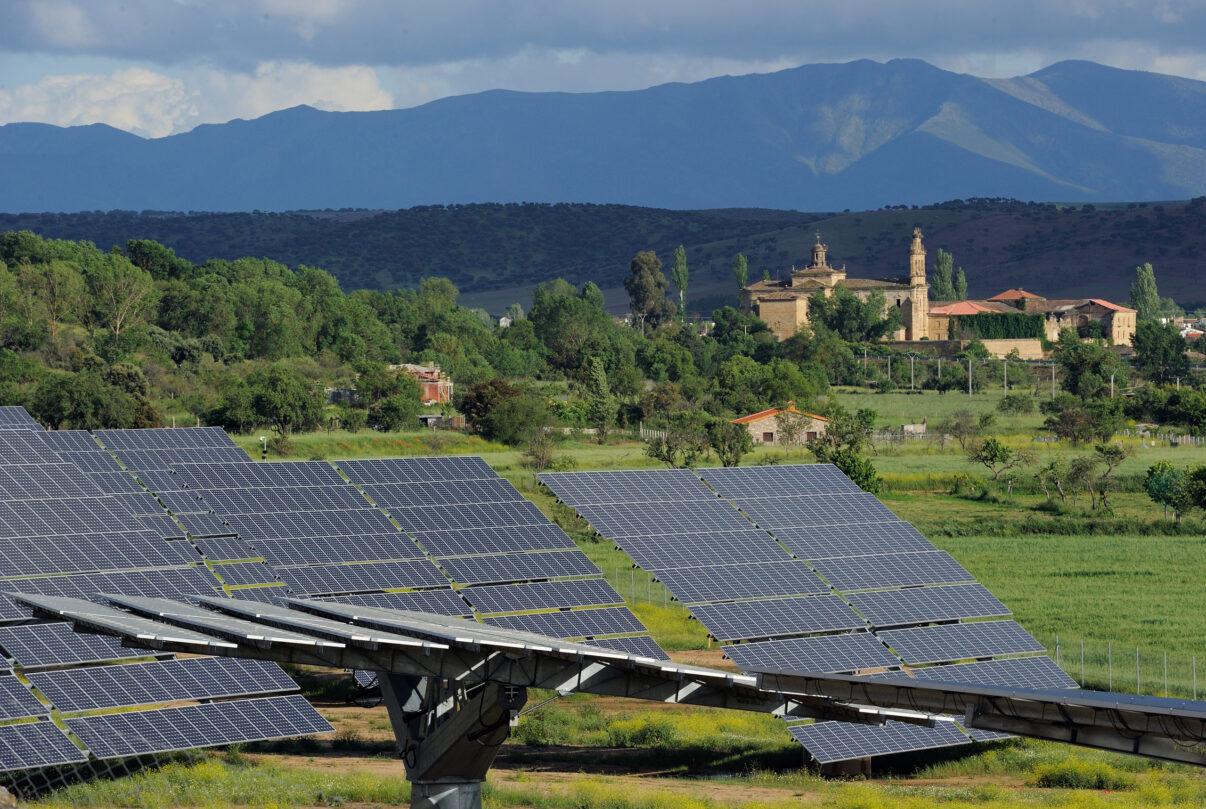
Renewable energy: prioritising climate, nature and people
Today, society’s reliance on fossil fuels is driving unprecedented changes in our climate. This is why nearly 200 countries at the COP28 climate summit agreed to a landmark deal that calls on all nations to transition away from fossil fuels. The significant expansion of renewable energy – such as solar and wind – has a key role to play in supporting this transition, meeting the world’s growing energy needs, and helping to bring global warming to a halt.
The good news is that the share of renewable energy in the global power mix has been increasing for some time: according to the International Energy Agency (IEA), it will reach 35% by 2025. China will account for close to half of the additional renewable energy generation, followed by the European Union with 15%. At COP 28, 118 governments pledged to triple the world’s renewable energy capacity by 2030.
Scaling up the production of renewable energy is essential if we are to address climate change, but its expansion must consider biodiversity. As we move towards a more sustainable energy-driven future, it is vital to ensure renewable energy development doesn’t hamper efforts to scale up nature recovery – efforts which are also essential if we are to halt global warming. Long-term landscape planning, involving wide-ranging stakeholder collaboration, can ensure we continue the move towards cleaner energy, while simultaneously protecting and enhancing nature.
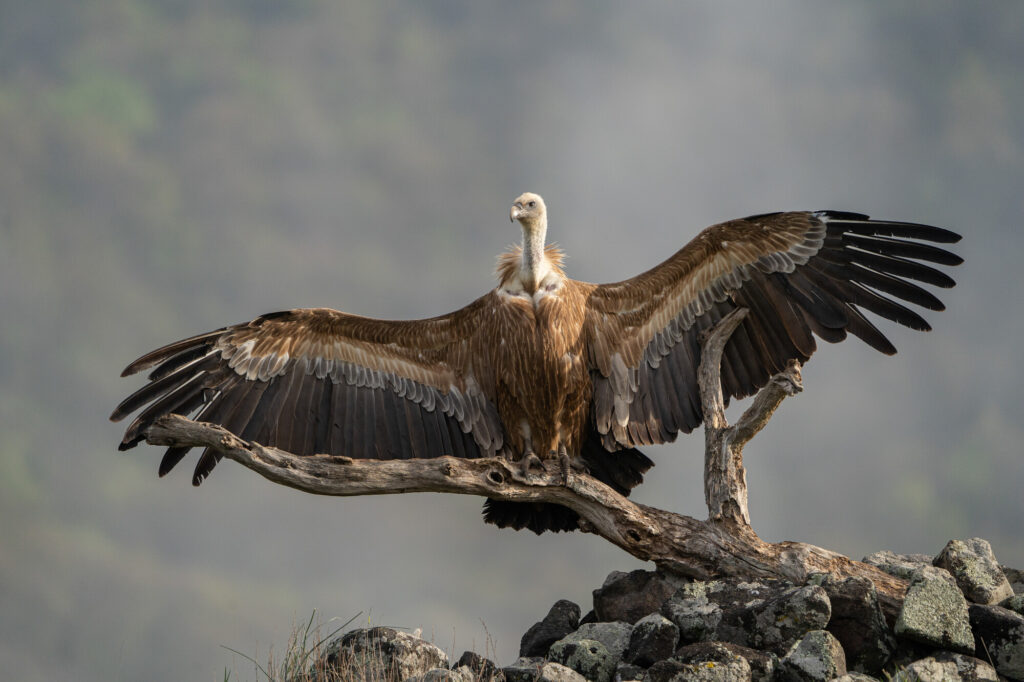
Countering negative impacts
Renewable energy has many advantages in terms of decarbonising energy. Yet it can also have a wide range of negative impacts on wild nature and biodiversity – from the manufacture of solar panels, to the construction and operation of dams and hydroelectric plants, to wind turbines installed along critical bird migration routes.
Many of these impacts are already well understood. As far back as 2015, studies highlighted the worrying overlap of species-rich areas of the world with wind and solar energy potential. Others documented the deaths of bird species around wind turbines, the intrusion of solar and wind installations into protected areas, and the impact of mining the raw materials used for renewable energy.
Previous research has already established that a significant number of onshore wind and solar power installations have already been constructed in areas important for global biodiversity conservation – areas largely untouched by industrial development, areas protected by law, and areas known to support critical wildlife populations.
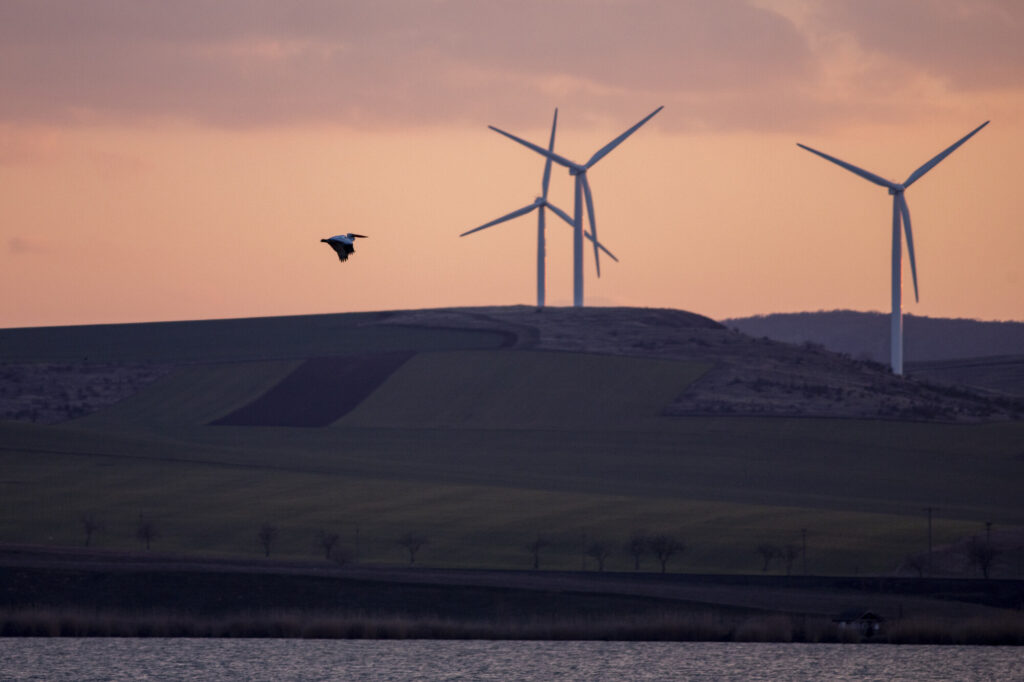
Practical support and guidelines
To ensure nature and biodiversity are protected, key decisions will increasingly need to be made regarding the allocation of land for renewable energy production in Europe, as opposed to land to be protected for biodiversity protection and enhancement. Land restrictions will involve trade-offs between development and conservation, particularly in those countries and regions that support a high potential for renewable energy production and high levels of biodiversity.
In 2021, the International Union for Conservation of Nature (IUCN) issued guidelines on renewable energy and nature, designed to offer practical assistance for solar and wind energy development. These aim to effectively manage risks, and to enhance overall outcomes around biodiversity and the benefits it provides to people.
This can be achieved by following the biodiversity mitigation hierarchy, which is now a widely recognised requirement by lenders (e.g. most public and commercial banks), corporate partners, and government regulations, with abundant technical guidance available.
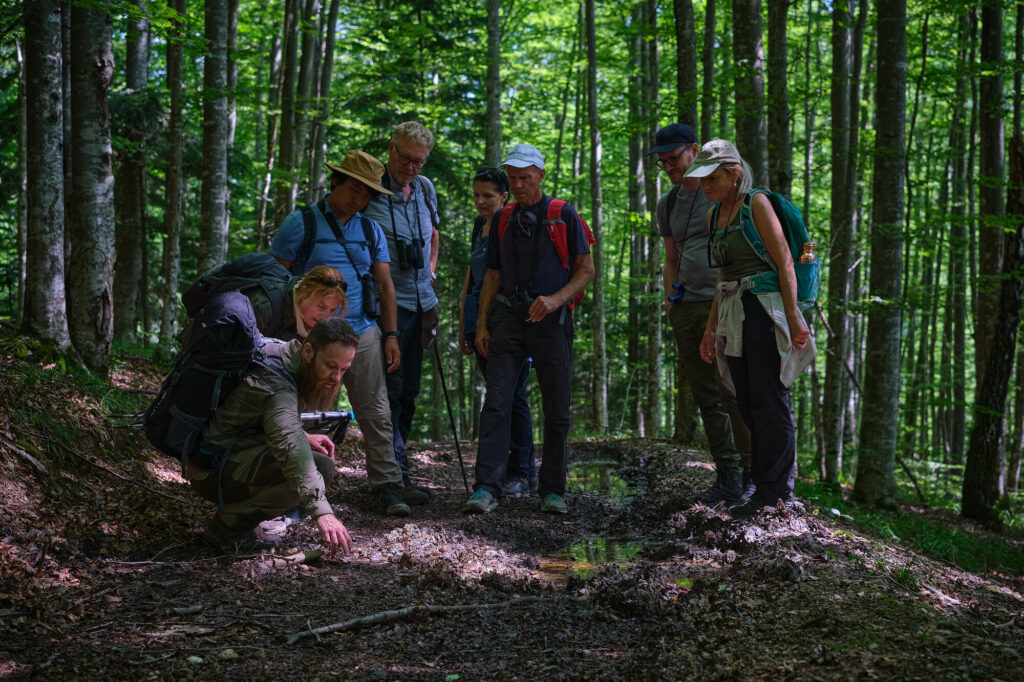
The way forward
European countries are committed to ecosystem restoration – through national strategies, the EU’s Biodiversity Strategy for 2030, and the forthcoming Nature Restoration Law. While Rewilding Europe supports the increase of renewable energy as targeted by the EU, nature restoration goals must shape the design and execution of renewable energy programmes and projects, in line with the mitigation hierarchy.
We call on developers, consultants, and permitting authorities to take account of the restoration and rewilding potential of specific areas when conducting ecological impact assessments. We also advocate smart, long-term, landscape-scale planning with independent specialist input and stakeholder participation, to ensure future renewable energy development in Europe avoids biodiversity hotspots and benefits society to the fullest extent possible. At the same time, it is critical that measures to improve energy efficiency and reduce energy demand are ramped up.
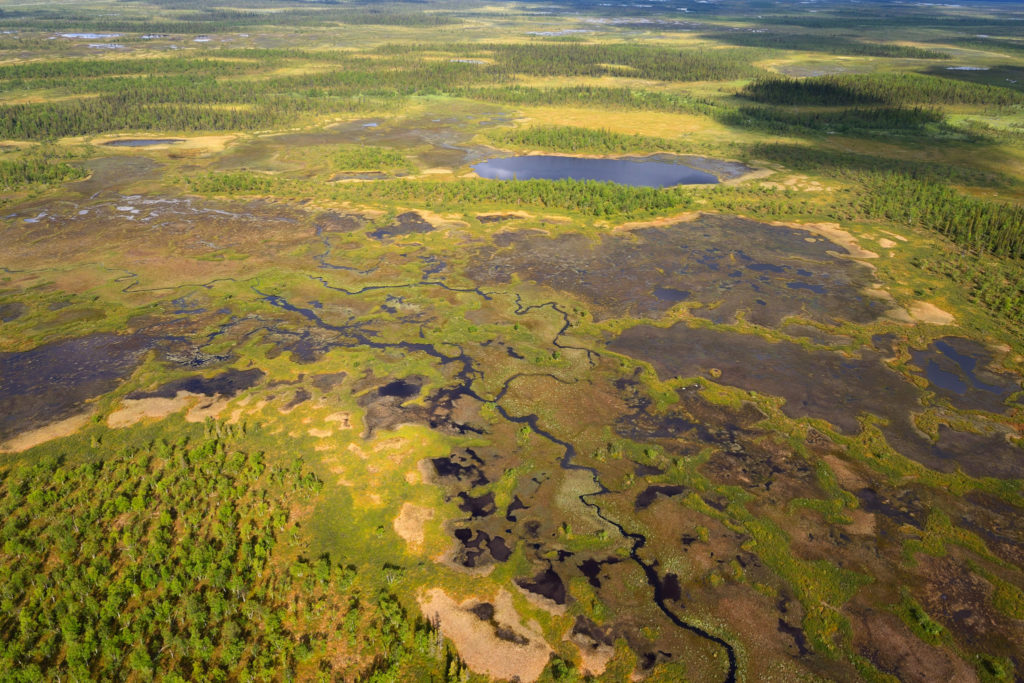
Rewilding Europe will support renewable energy development that takes account of biodiversity and measures to enhance wild nature by:
- sharing information about threatened species and habitats
- providing insights into landscape rewilding potential, nature recovery needs, and the strict, location-specific limitations that should be placed on renewable energy development
- participating in public consultations
- offering technical advice
- exploring rewilding land as compensation, in compliance with our corporate engagement principles
Rewilding Europe will also maintain its involvement in and support for campaigns, policy statements, and other input coordinated by the European Habitats Forum. In our rewilding landscapes, we will, if necessary, seek synergies with renewable energy programmes and take action against harmful renewable energy development, and will incorporate the IUCN guidelines on renewable energy and nature into our partnership vetting process. In terms of hydropower, we will continue to advocate the complete removal of unused and obsolete dams from all European waterways, and the permanent cessation of dam building.
The development of renewable energy and the protection and enhancement of wild nature in Europe and beyond don’t have to be mutually exclusive – we can have both. Research suggests that with appropriate policy and regulatory controls, we can continue to transition our energy systems away from fossil fuels, while also protecting areas that are rich in biodiversity and taking steps to recover nature at scale across Europe.
